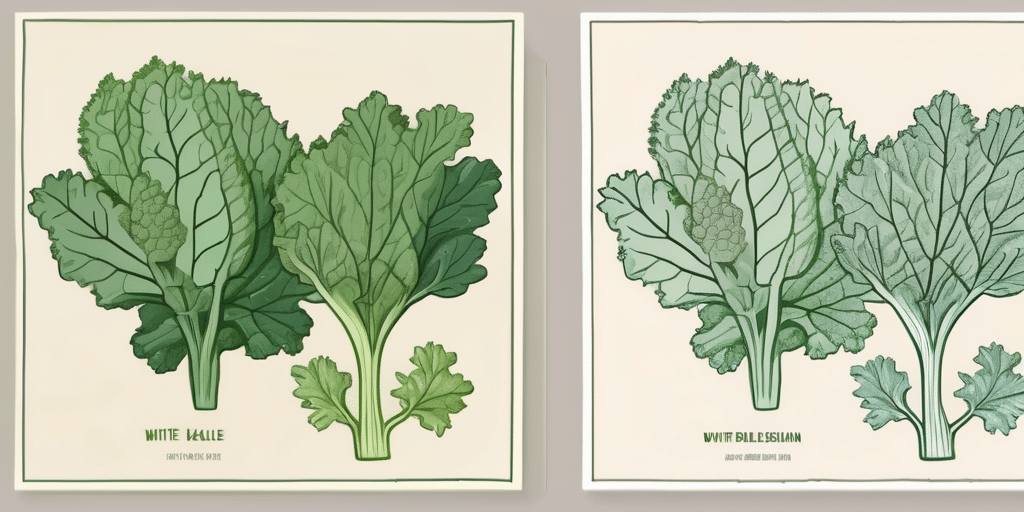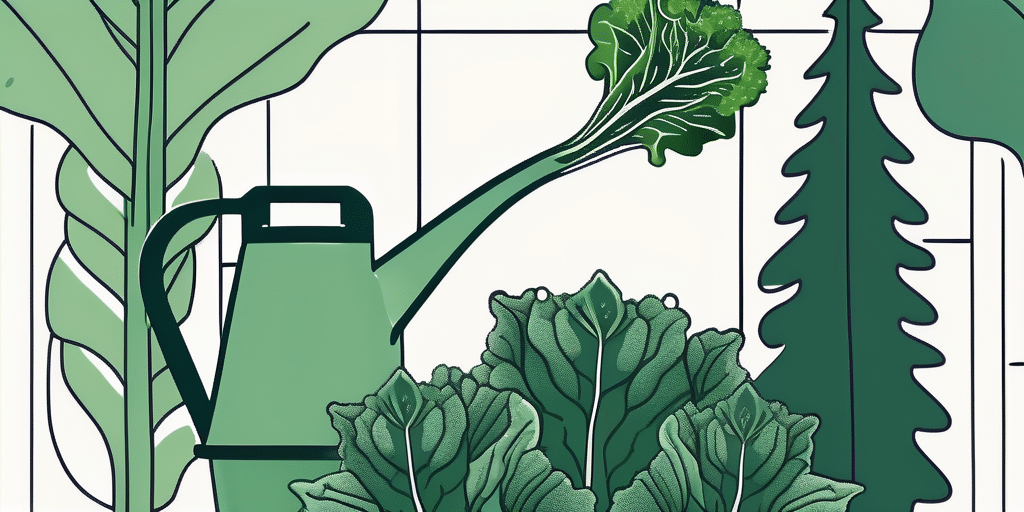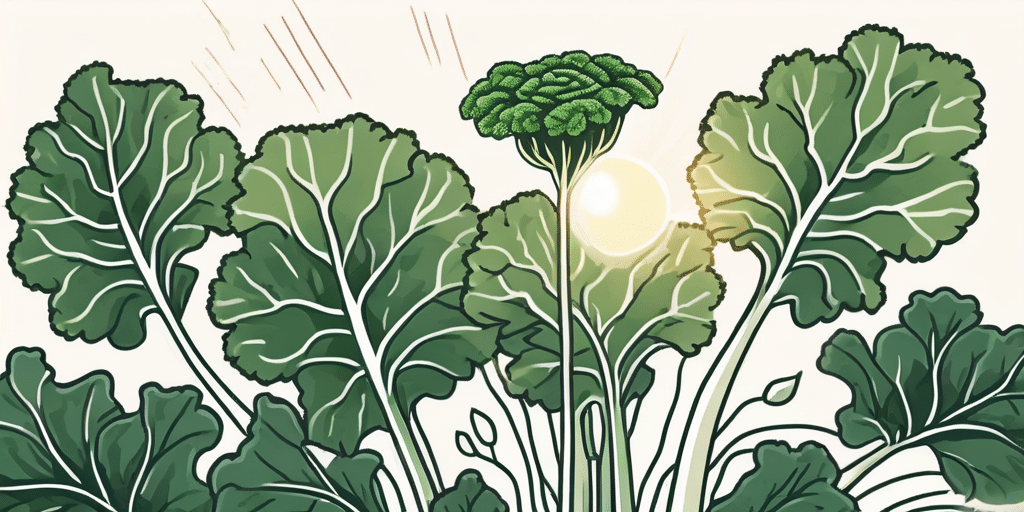The Red Ursa Kale, a hybrid of Russian and Siberian kale, is a popular choice among gardeners for its vibrant colors and nutritional benefits. Transplanting Red Ursa Kale can be a bit tricky, but with the right knowledge and timing, you can successfully grow this beautiful, leafy green in your garden.
Understanding Red Ursa Kale
Before diving into the transplanting process, it’s essential to understand the characteristics of Red Ursa Kale. This variety of kale is known for its frilly leaves that are a mix of red and green, making it a visually appealing addition to any garden. It’s also packed with vitamins A, C, and K, and is a good source of calcium, making it a nutritional powerhouse.
Red Ursa Kale is a cold-hardy plant, which means it can survive in cooler temperatures. In fact, it’s known to become sweeter after a frost. It’s also relatively easy to grow, making it a great choice for beginner gardeners.
When to Transplant Red Ursa Kale
Timing is crucial when it comes to transplanting Red Ursa Kale. According to the USDA, the best time to transplant kale is in the early spring or late summer.
In the spring, you should aim to transplant kale two to four weeks before the last expected frost. This allows the plant to establish itself before the warmer weather arrives. If you’re transplanting in the late summer, do so six to eight weeks before the first expected frost. This gives the kale enough time to mature before the colder weather sets in.
How to Transplant Red Ursa Kale
Preparing the Soil
Red Ursa Kale thrives in well-drained, fertile soil with a pH between 6.0 and 7.0. Before transplanting, prepare the soil by adding compost or a slow-release fertilizer. This will provide the necessary nutrients for the kale to grow.
According to the University of Minnesota Extension, it’s also important to ensure the soil is loose and free of large clumps. This allows the kale’s roots to easily penetrate the soil and establish a strong root system.
Transplanting the Kale
Now that the soil is prepared, you’re ready to transplant your Red Ursa Kale. Follow these steps:
- Water the kale in its current pot before transplanting. This helps to reduce transplant shock.
- Dig a hole in the prepared soil that’s twice as wide and the same depth as the kale’s root ball.
- Remove the kale from its current pot, being careful not to damage the roots.
- Place the kale in the hole, ensuring the top of the root ball is level with the soil surface.
- Fill in the hole with soil, firming it around the base of the kale.
- Water the kale thoroughly after transplanting.
Remember, Red Ursa Kale should be spaced about 18 to 24 inches apart to allow for growth.
Caring for Transplanted Red Ursa Kale
After transplanting, it’s important to properly care for your Red Ursa Kale to ensure it thrives. This includes regular watering, fertilizing, and pest control.
Water your kale regularly, but avoid overwatering as this can lead to root rot. The soil should be kept moist, but not waterlogged. Fertilize your kale every four to six weeks with a balanced fertilizer to promote healthy growth.
Keep an eye out for pests such as aphids and cabbage worms, which are known to affect kale. If you notice any pests, treat your kale with an organic pesticide or introduce beneficial insects like ladybugs into your garden.
Harvesting Red Ursa Kale
Red Ursa Kale is ready to harvest when the leaves are about the size of your hand. To harvest, simply cut the leaves from the base of the plant. Remember, younger leaves are more tender and have a milder flavor than older leaves.
With the right care and attention, your transplanted Red Ursa Kale can provide you with a plentiful harvest. Happy gardening!
Join Our Gardening Community
Ready to take your Red Ursa Kale to the next level? Subscribe for free to How to Grow Everything and learn how to build the garden of your dreams! Receive personalized gardening advice tailored to your location, grow zone, and experience. Enjoy the best gardening tips, special offers, and insights delivered straight to your inbox—no spam, just valuable information from our family to yours. Start growing with us today!






